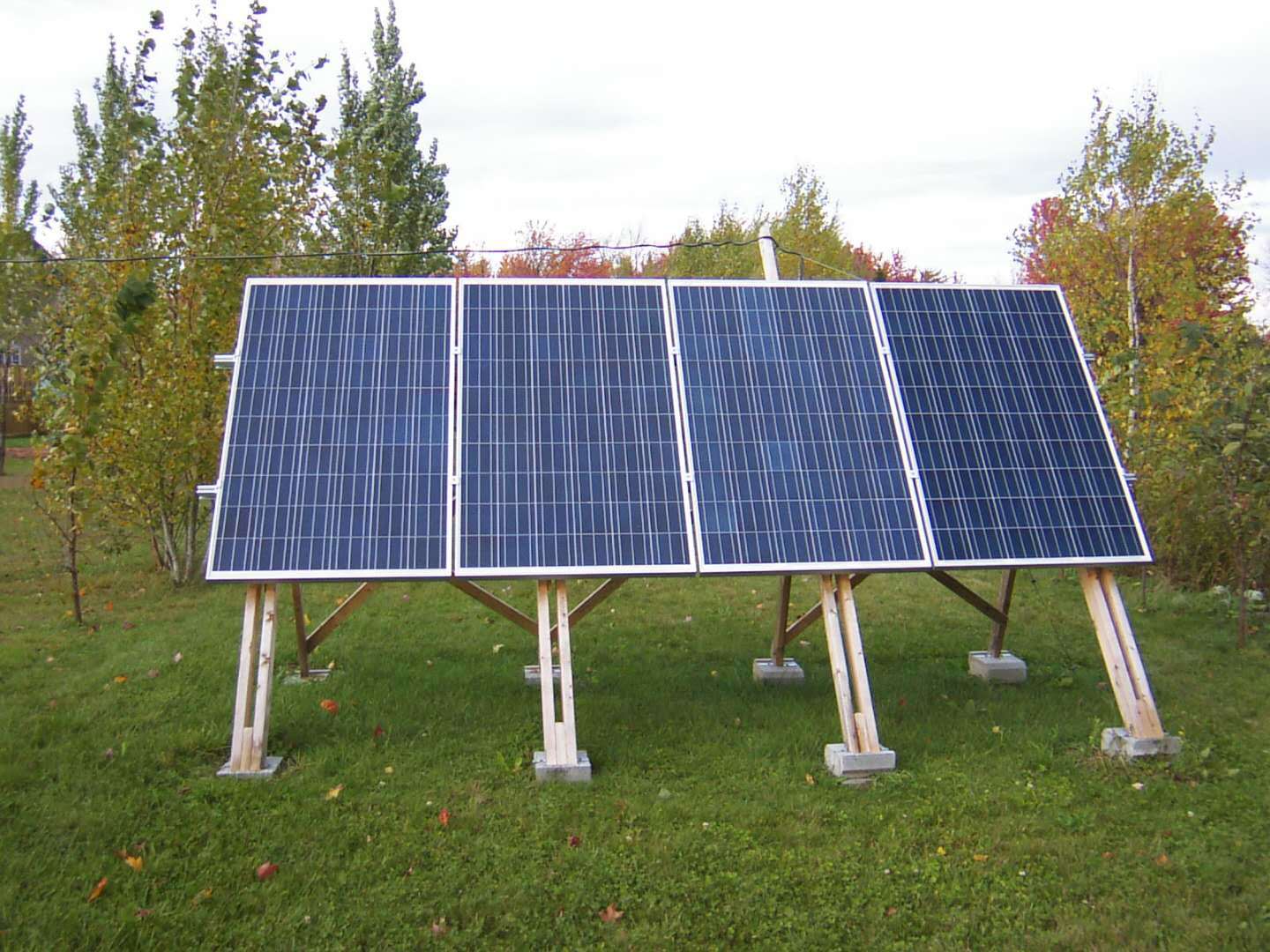Switching to solar power can satisfy your desire to lower your carbon footprint and your energy bill. But sometimes, you need to find alternative ways to incorporate renewable energy into your home. That’s where passive solar energy design comes into play. You can tap into the Sun’s free resources by building or updating your home to utilize sunlight, even without photovoltaic solar panels on your roof.
Passive Solar Energy: A Brief Definition
Passive solar energy uses floors, walls, and windows to manage incoming solar energy. This passive system collects, stores, and distributes heat during the winter, and during the summer, the design minimizes the solar heat. Passive solar methods use radiation, airflow, and convection to distribute heat throughout your structure. Excellent passive solar homes include these components:
Thermal Mass: Materials that absorb external solar energy during warm seasons and warm interior air during cool seasons.
Distribution: A method using radiation, convection, and conduction to transfer solar heat from collection to storage.
Aperture: A large area of glass that lets sunlight and heat enter your home.
Control: Includes elements, such as roof overhangs, that shade your aperture area during warm seasons.
1: Consider Your Home’s Location
You choose your home based on where you need to travel and for your comfort. This impacts whether you can have solar panels installed on your roof. The same variables affect the ways you can introduce a plan for passive solar energy use, including: Roof direction and angle; Tree shading; Local climate; Age of home and Peak sun hours.
An unobstructed view of the Sun on the south side of your home optimizes your passive solar energy success. Be mindful of potential changes to the southern part of your property. Future developments or growing trees can eventually block the Sun. Some forward-thinking communities and municipalities have enacted zoning laws to protect passive solar buildings. However, consider building on the north end of north-to-south lots in an open area.
2: Evaluate Your Home’s Design
Contact a professional to conduct a full energy audit before adding a passive solar energy plan to your home’s design. This assessment evaluates your home’s energy use and finds inefficiencies. Next, we’ll explore four ways to capture passive solar heat:
Sun-Tempering
A moderate approach – sun-tempering – requires no additional thermal mass. Many homes have south-facing windows, and roofs and walls with high-quality insulation to retain heat. Be mindful that windows should be covered between 9 a.m. and 3 p.m. in summer. But keep them uncovered during the cooler seasons of spring, fall, and winter.
Direct Gain
Direct gain passive solar energy works well with sun-tempering since floors and walls absorb sunlight to store and release when cool at night. This thermal mass method uses tile, concrete, stone, and brick. Materials, such as phase-change products and water, are more efficient, but a home with good insulation may only require masonry and drywall in a moderate climate.
Indirect System (Trombe Wall)
Thermal mass in an indirect system prevents sunlight from entering your home. The thermal mass behind the windows releases stored energy as radiant heat when the room cools. A south-facing wall made of heavy masonry or concrete serves as a Trombe wall, which provides convection heat when no windows are available. The air becomes very hot inside the Trombe wall. And you gain heat with the sunlight entering the south-facing windows. This hot air is then vented to the rest of the house.
Isolated Gain (Sunspaces)
Like a greenhouse, isolated sunspaces use passive solar energy to warm your home. Fans move the heated air to distribute warmth in the winter or remove it from the house in the summer.
3: Purchase Energy-Efficient Appliances
Energy-efficient or Energy Star-rated appliances are widely available. And their proliferation means that the price tag is dropping. You can find energy appliances of every type, from televisions to water heaters, and the more you incorporate into your home, the less energy your system will use. Energy Star-rated ceiling fans, for example, are 60% more efficient than traditional fans.Compact fluorescent and LED lightbulbs are small but pack a big punch for energy savings: LEDs use up to 90% less energy than incandescent. Passive solar energy heats and cools your home, and you can extend those benefits by unplugging “vampire” appliances and turning lights off.
4: Tailor Your Landscaping
Use beautiful landscaping to your advantage. Leafy shrubs and trees offer control for your windows in the summer and allow sunlight through in the cooling months. Drought-resistant plants will also reduce your energy consumption, as you won’t need to water them as often, thereby reducing the load on your system.
5: Alternative Options for Your Passive Solar Energy Plan
You can participate in the renewable energy movement with even partial solar options, such as outdoor solar lighting, or join a solar community program. And you can combine passive solar energy with a home solar system. Contact SOLARPARTS to learn how you can join the green revolution and gain energy independence!
Phone: +86-13923729619 Fax: +86-755-28720791
WhatsApp: +86-13923729619 Wechat: 13510027129
Email address: Philip@isolarparts.com
Homepage: www.isolarparts.com



